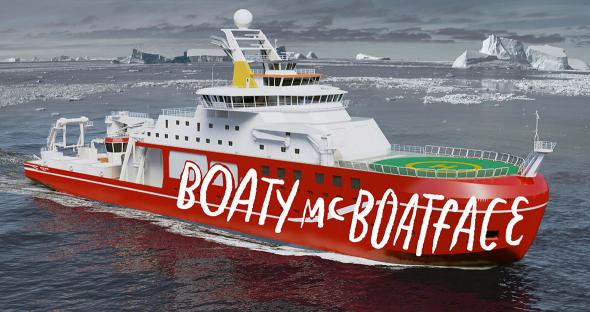
- So who exactly is the arts audience, and how and why do they engage? We’ve got some more data. A new report gives some shape to the arts audience in the UK. The report divides the audience into core attenders and more casual engagers: “The report gives new insight into this group of consistent arts attenders and participants. They are more likely to be women (57%, compared with 47% of other respondents) in the upper socio-economic group (65% compared with 43%) and to be owner-occupiers (73% compared with 57%) who live in less deprived areas (36% compared with 25%). Most of them (86%) engage with the arts three or more times a year.” The report also measured level of engagement over the past decade: “For the past ten years, the proportion of adults who report having engaged with the arts in the past 12 months has remained static at around 77%. Based on its three years of data, the new report shows that the number who consistently engage year-on-year is lower, at only 60%.”
- YouTube Says It’s Now Bigger Than All Of The Broadcast TV Networks So what does that mean? In terms of the coveted 18-49 demographic YouTube says in prime time it “delivers more of that audience than the top 10 TV shows combined.” Among millennials, YouTube is getting more attention: “among U.S. teens, eight of the top 10 most influential celebs are YouTube stars (up from six of top 10 in 2014).” And YouTube is pitching advertisers on streaming being a more effective use of ad dollars than conventional TV, suggesting the ad shift to platforms such as YouTube will accelerate.
- A Big Step Forward In The Personalized Museum App Experience: Museums have been leading innovation (compared to the rest of the arts world) when it comes to arts apps and web technology. As apps become smarter, they’ll get more and more intuitive and personalized as companions/guides. For example, sensing you spending more time in front of a piece of art, the app could suggest other art you might want to see. Depending on what questions you ask, the app would get smarter to give you a more personalized experience. It looks, with the opening of SFMoMA’s big new extension, that the museum’s new app is a big step forward in the intelligent museum app experience: “Codeveloped with a company called Detour, it uses your phone’s location-sensing tech to precisely triangulate your position in the museum based on a hi-res virtual map created for the museum by Apple. That way it knows exactly where you are and where you’re going—and adjusts its audio accordingly.” So what would be the equivalent companion app for the performing arts? It’s a much tougher proposition…
- The Met Opera is only filling 66 Percent of its seats. What to do? Critics and reporters of the New York Times brainstormed and came up with 15 ideas. Most of them are pretty sensible, while some – like abandoning the repertory format for distinct runs of each production – would require some fundamental restructuring of how the company works. But Sunday performances? Absolutely. Different ticket structures and rethinking the restaurant. Yes. What’s striking about this list of reforms is how conservative it is. And how audience-responsive it is. Many of these might have been implemented long ago if the Met was more able to understand and react to its audiences. And yet, a huge organization like the Met is so big and so complex that even small sensible reforms are difficult to turn on.
- Okay, we all had a good laugh over Boaty McBoatface: When the British government decided to crowdsource the name of its new research vessel, it was surprised and then embarrassed when “Boaty McBoatface” emerged as the winner. So much for crowdsourcing. This is, after all, a serious vessel. So Science Minister Jo Johnson announced that there were “more suitable names” and said the £200 million ship will be named after the world-renowned naturalist and broadcaster Sir David Attenborough. Lessons? Be careful how you crowdsource or you could end up with a result with which you’re not comfortable. But once you promised something and asked your audience, it’s pretty much a public relations disaster to ignore what they’ve answered and substitute your own. The agency is a laughing stock – first for setting up something that produced a ridiculous result, and second for not having a sense of humor once the name had been chosen. On the plus side, the ship is the most famous ship in the world, even before it got commissioned.
Leave a Reply